WftTrains posted:jim pastorius posted:Yes, and Pittsburgh too ! Pgh had the most of any city and kept none ! There is a stationary PCC in the Heinz History Center and one that runs(I think) at the trolley museum near Washington, Pa. The PCCs ran forever and they have bought replacements for them several times over.
Hi Jim:
Yes indeed we had the most PCC cars in service in the USA in Pittsburgh for many years but unfortunately not the most ever of any US city. Before we hear from a Chicago member we were second to Chicago who had purchased just 17 more PCC cars than our total fleet of 666 PCC cars. However, the Chicago PCC streetcars had a relatively short career because in 1947 as their last order of PCC cars was arriving the decision was made to start replacing trolley lines with busses! It took 11 years to complete the conversion as the last Chicago PCC streetcar was taken out of service in 1958. Some of the newest PCC cars which were purchased early in 1947 barely had 10 years of operating time. OTOH, essentially all of Pittsburgh’s 666 PCC’s were still in service in 1958 (notable exceptions were the 14 PCC’s destroyed by fire at the Homewood Car Barn in 1955). So it’s safe to say we had the largest operating PCC fleet system in the USA from 1958 and many years thereafter.
Across the border in Canada, Toronto had more PCC’s than Pittsburgh or Chicago with 745 although they bought 205 of them used from Birmingham, Cincinnati, Cleveland & Kansas City when those cities abandoned streetcars.
That surviving car at the Pennsylvania Trolley Museum in “Little Washington” you mentioned is Pittsburgh Railways #1711 which is operational and there are also 3 other Pittsburgh PCC’s at the Museum including the last PCC to operate in revenue service in Pittsburgh in 1999 - PAT car #4004 which was a rebuilt 1700-series PCC, and it is also in operating condition. There are, or were, 2 other static Pittsburgh PCC cars sitting outdoors that I know of, one in Bethel Park and one at the PAT South Hills Village Station near the Mall.
And in response to Mitch’s posting, there are two former PTC/SEPTA PCC’s at the Museum, one of which is operational as seen in the attached photo with yours truly at the controls in 2011.
Bill
Bill,
What are the 3 PCC cars under wraps behind the old car barn? Parts or unlisted on the roster?




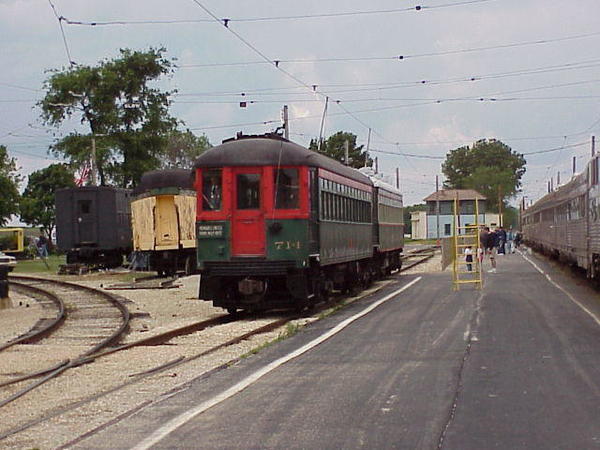
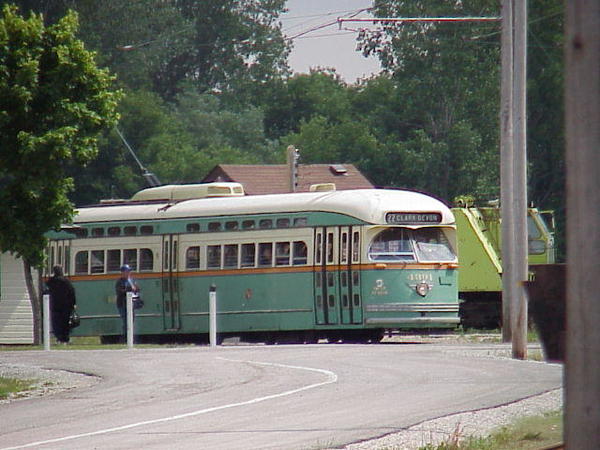
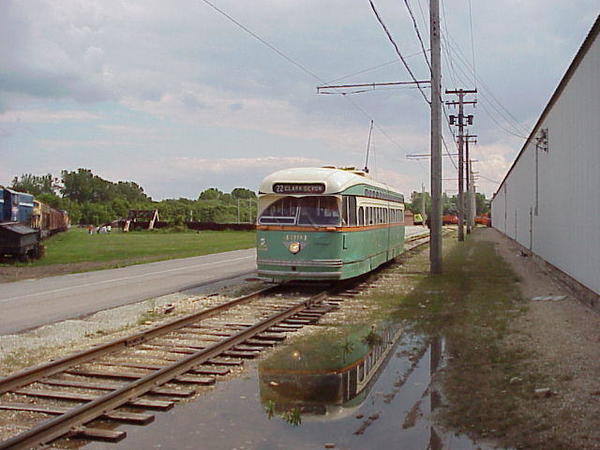
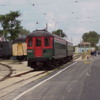
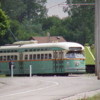


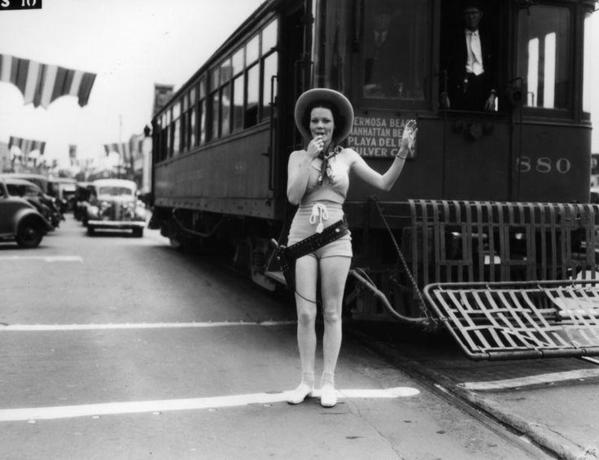
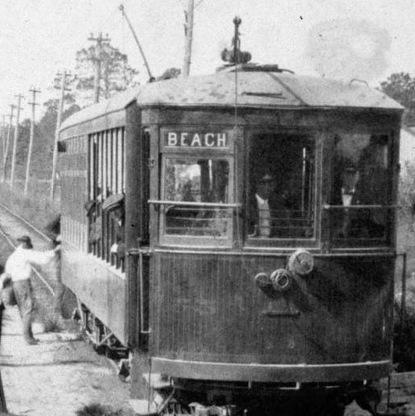 Delaware????
Delaware???? Brighton Beach, Brooklyn
Brighton Beach, Brooklyn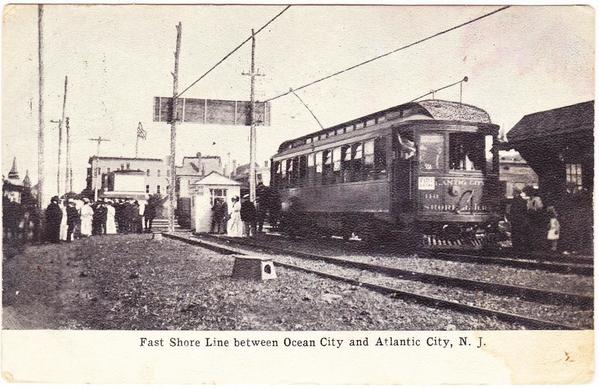
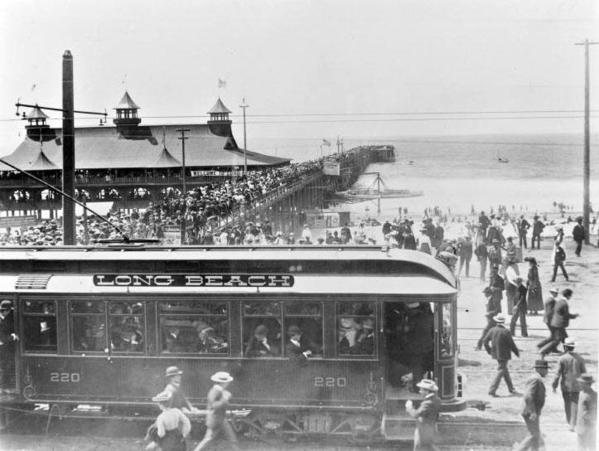
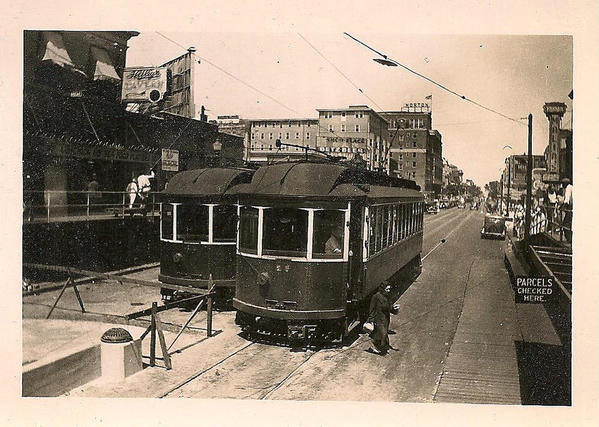 Atlantic City Shore Fast Line cars
Atlantic City Shore Fast Line cars

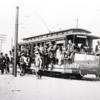
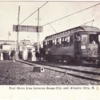
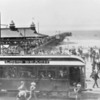

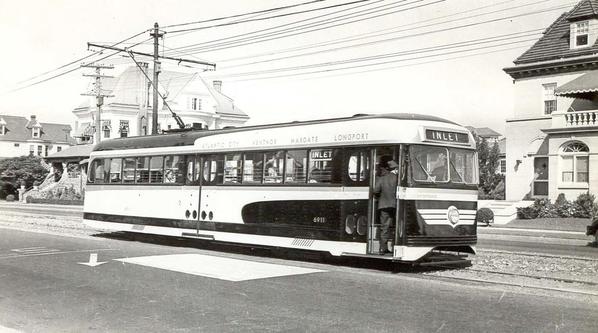
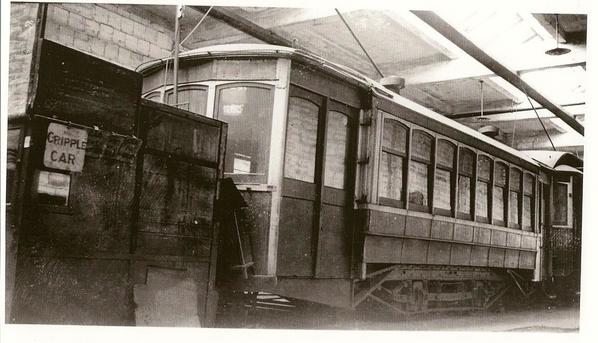
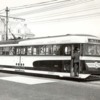
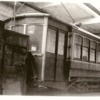

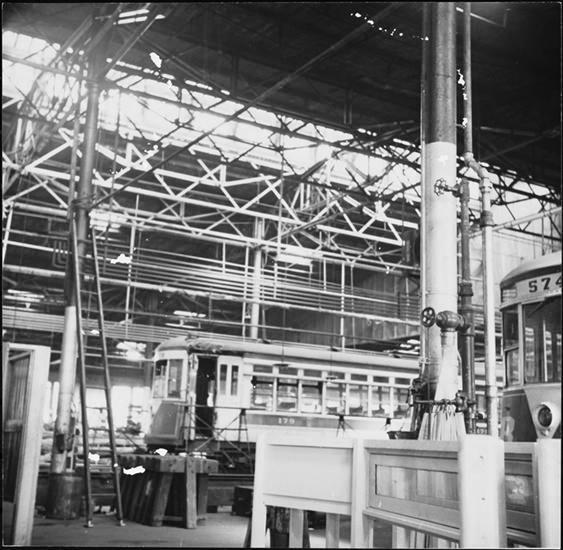 Third Avenue Railway, New York City
Third Avenue Railway, New York City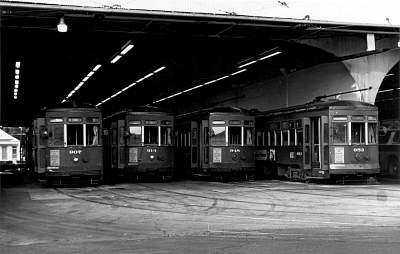
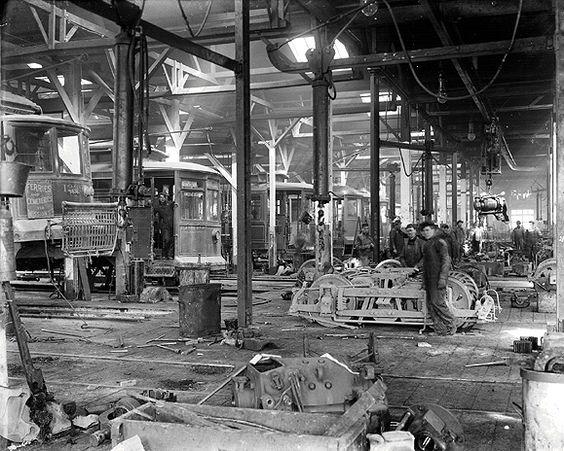 San Francisco, 1917
San Francisco, 1917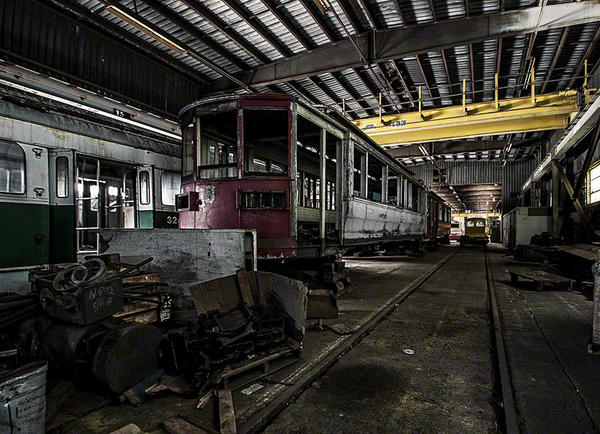 Somewhere In The East
Somewhere In The East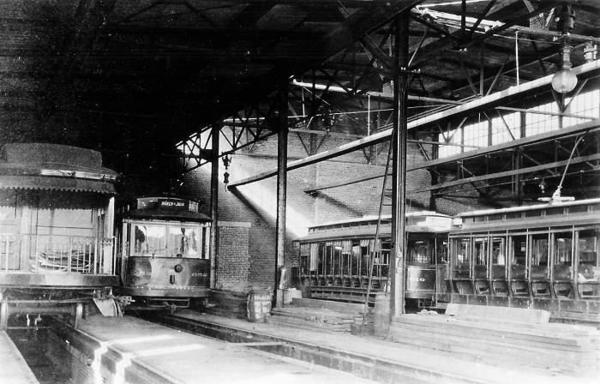 Champaign, Illinois
Champaign, Illinois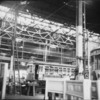
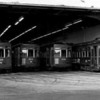


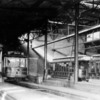
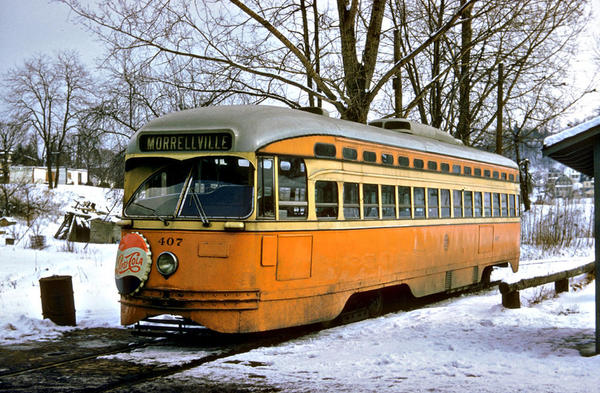

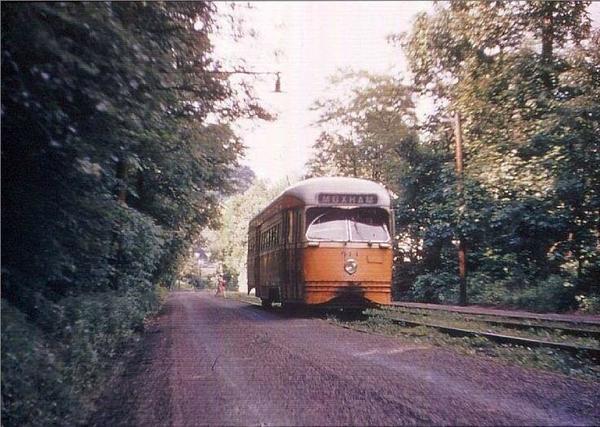

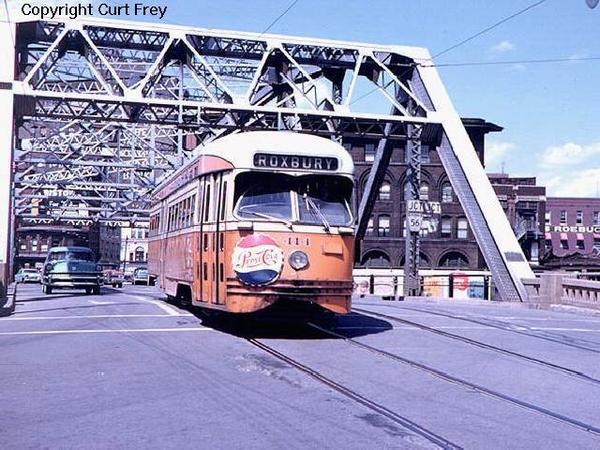
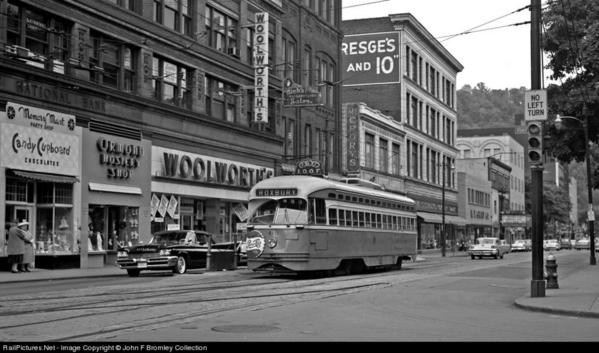

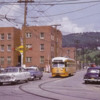


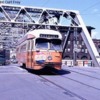
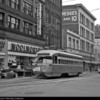








 First Cars On The Detroit, Almont & Northern Railway, Almont , Michigan, July 1914
First Cars On The Detroit, Almont & Northern Railway, Almont , Michigan, July 1914 Niles Built Cars @ Norwalk Interurban Station 1909. Perhaps Lake Shore Electric Co.?????
Niles Built Cars @ Norwalk Interurban Station 1909. Perhaps Lake Shore Electric Co.????? First Passenger Interurban to Bellefontaine, Ohio on July 1, 1908
First Passenger Interurban to Bellefontaine, Ohio on July 1, 1908 Union Traction Interurban No. 407 in Wabash, Indiana
Union Traction Interurban No. 407 in Wabash, Indiana






 Atlanta Georgia, 1940
Atlanta Georgia, 1940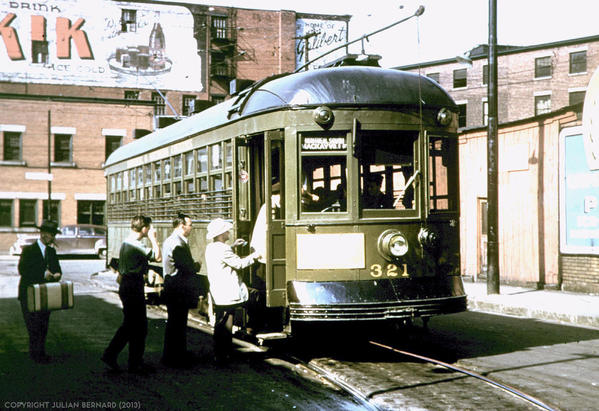 M&SC @ Montreal's McGill Street Terminal
M&SC @ Montreal's McGill Street Terminal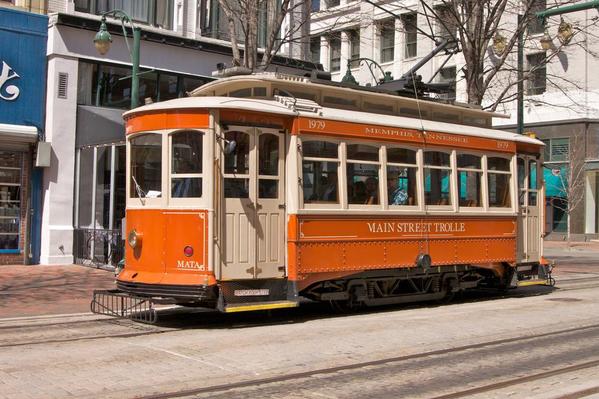 Memphis, Tennessee 1979
Memphis, Tennessee 1979 Philadelphia & Western Car @ Penn's Landing, 1990
Philadelphia & Western Car @ Penn's Landing, 1990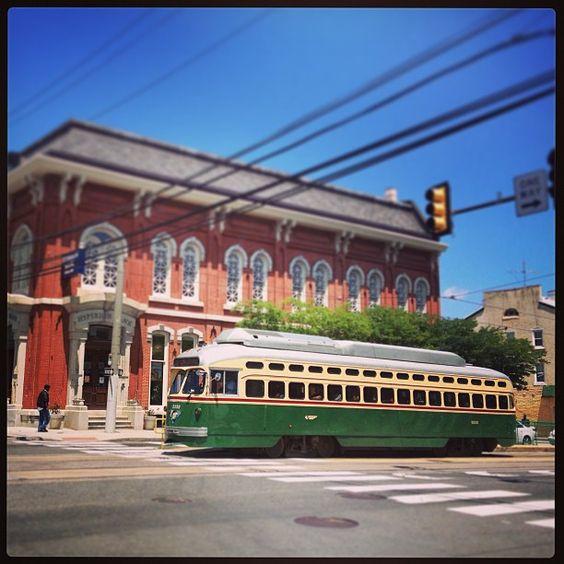 Current Picture of Car In Philadelphia, Pa
Current Picture of Car In Philadelphia, Pa
 Third Avenue Railway Car in Kennebunk Museum
Third Avenue Railway Car in Kennebunk Museum







 Chicago, Aurora & Elgin Line Car 11
Chicago, Aurora & Elgin Line Car 11 Milwaukee Electric Ry & Transport Co
Milwaukee Electric Ry & Transport Co
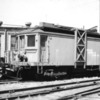
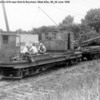











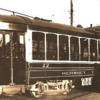




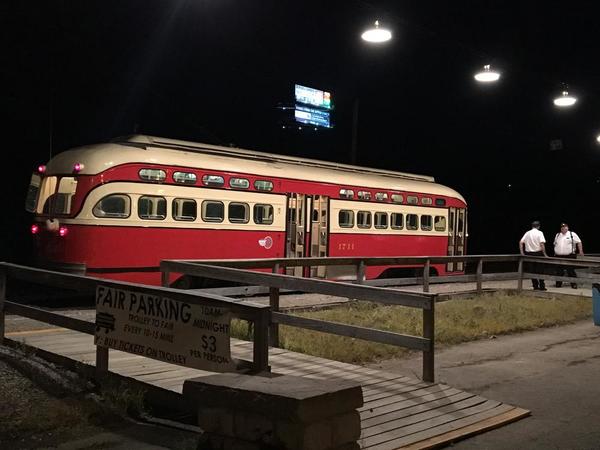

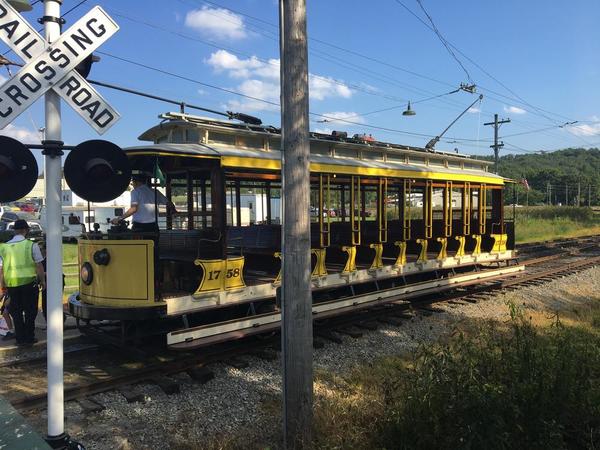







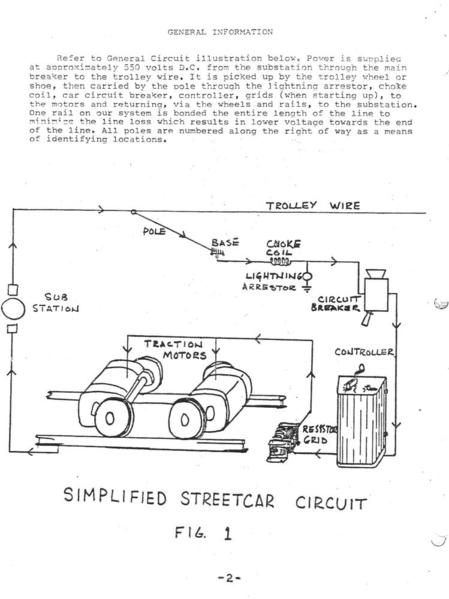



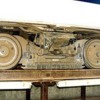


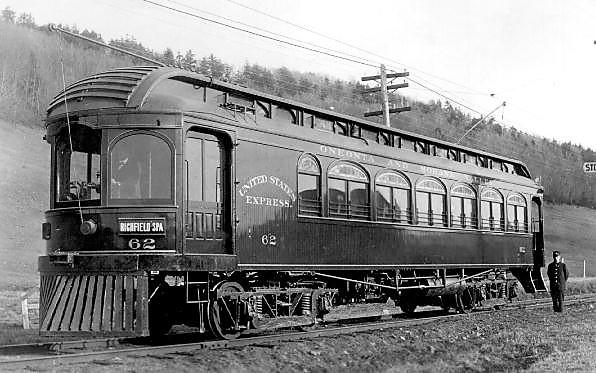
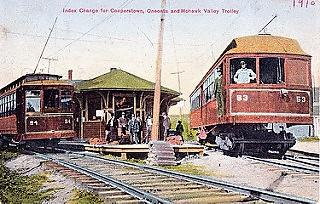


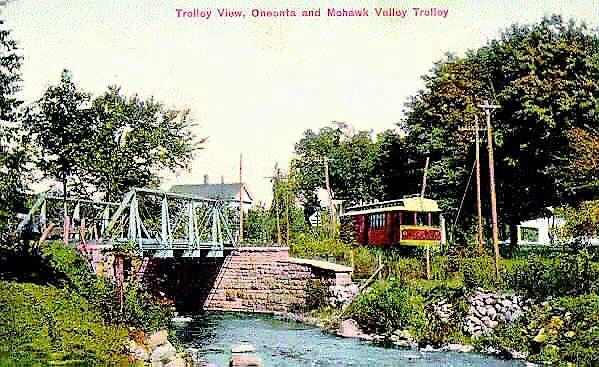





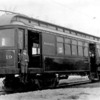









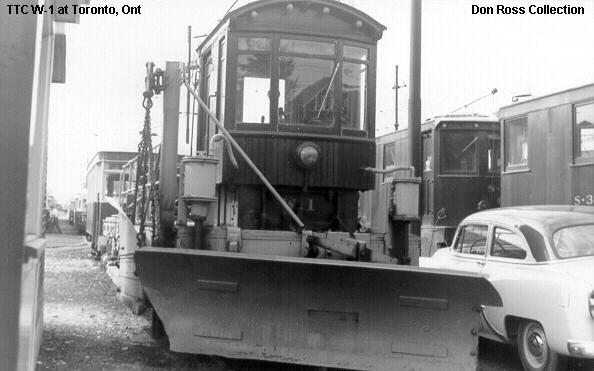
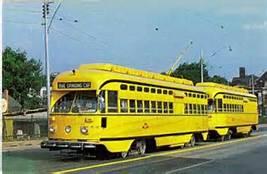






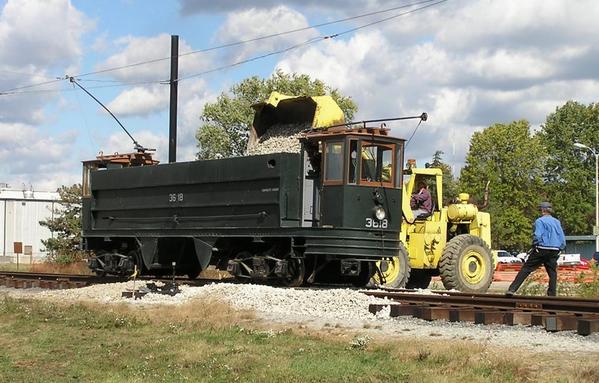






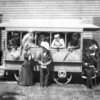



 Cincinnati
Cincinnati  Fort William Electric Railway
Fort William Electric Railway Lulu Island - Euburne Railway
Lulu Island - Euburne Railway





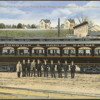

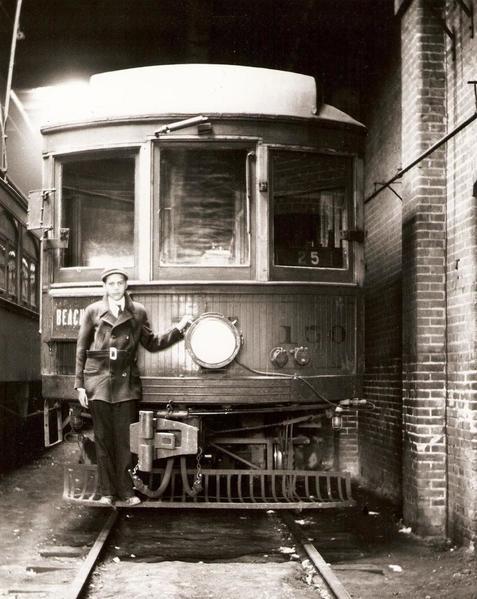 Lake Shore Electric???
Lake Shore Electric???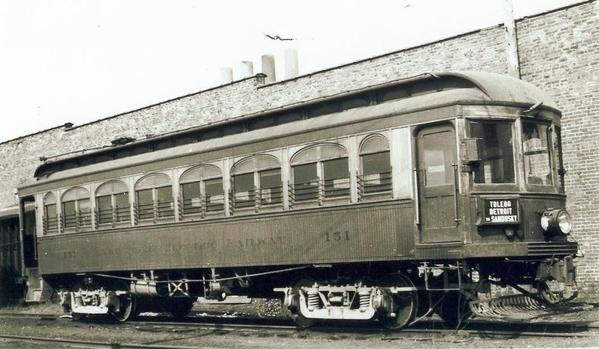 Lake Shore Electric????
Lake Shore Electric???? Norristown, Lehigh Valley????
Norristown, Lehigh Valley???? Missoula Montana
Missoula Montana ?????????
????????? Walla_Walla?????
Walla_Walla????? Baltimore
Baltimore

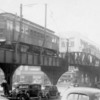





 #61 is a 29 foot, 30 seat single truck car built by Jones in 1893 with open platforms
#61 is a 29 foot, 30 seat single truck car built by Jones in 1893 with open platforms #1070 WAS A 41-FOOT CAR BUILT BY BRADLEY IN 1911
#1070 WAS A 41-FOOT CAR BUILT BY BRADLEY IN 1911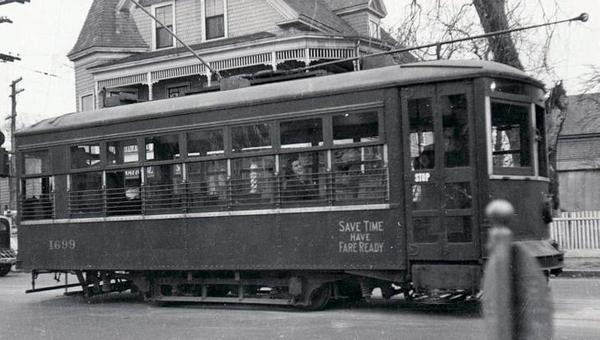 #1699 WAS A 30-FOOT SINGLE TRUCK SAFETY CAR BUILT BY BRADLEY IN 1922
#1699 WAS A 30-FOOT SINGLE TRUCK SAFETY CAR BUILT BY BRADLEY IN 1922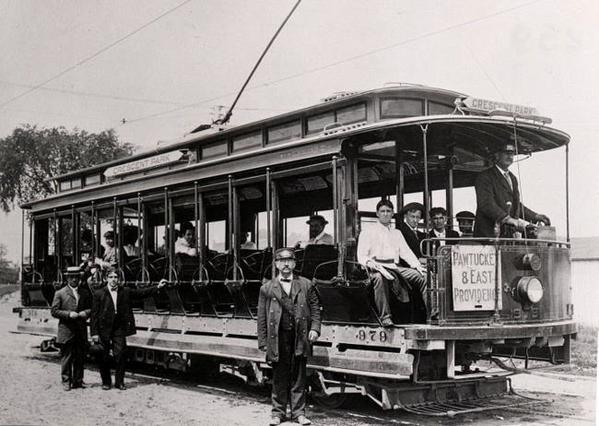 AT RIVERSIDE IN 1910 ON LINE TO CRESCENT PARK AMUSEMENT PARK
AT RIVERSIDE IN 1910 ON LINE TO CRESCENT PARK AMUSEMENT PARK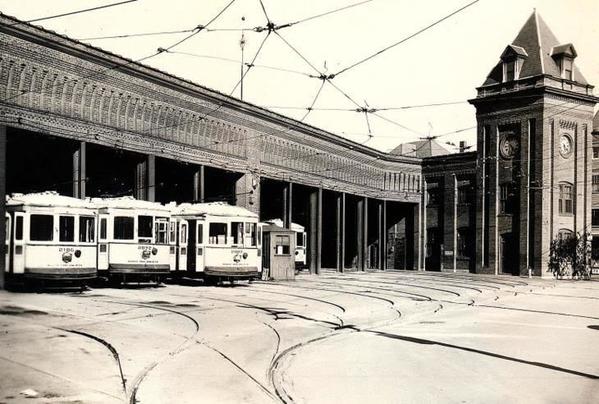 BROAD STREET CAR HOUSE AT THURBERS AVENUE, PROVIDENCE
BROAD STREET CAR HOUSE AT THURBERS AVENUE, PROVIDENCE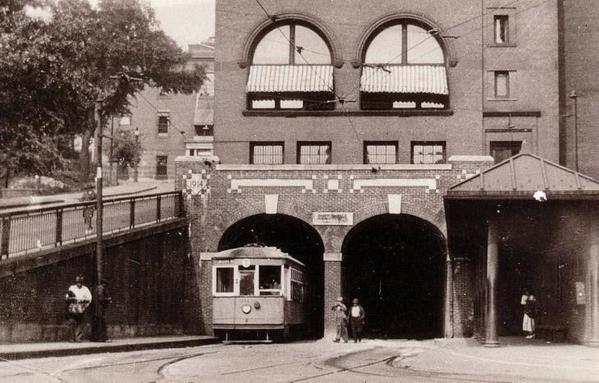 EAST SIDE TUNNEL UNDER The Rhode Island School of Design, COLLEGE HILL, PROVIDENCE
EAST SIDE TUNNEL UNDER The Rhode Island School of Design, COLLEGE HILL, PROVIDENCE
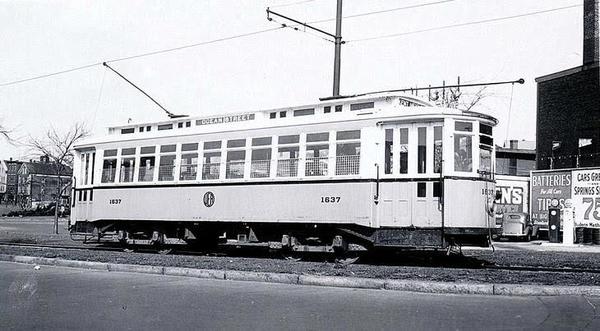 KENT HEIGHTS ON FOX POINT BOULEVARD, PROVIDENCE
KENT HEIGHTS ON FOX POINT BOULEVARD, PROVIDENCE
 RHODE ISLAND 2113 IS A 41 FOOT LONG SAFETY CAR
RHODE ISLAND 2113 IS A 41 FOOT LONG SAFETY CAR



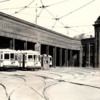



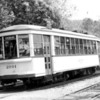



 Denver trolley car on Casper Mountain, Colorado
Denver trolley car on Casper Mountain, Colorado Wellsburg, New York
Wellsburg, New York







